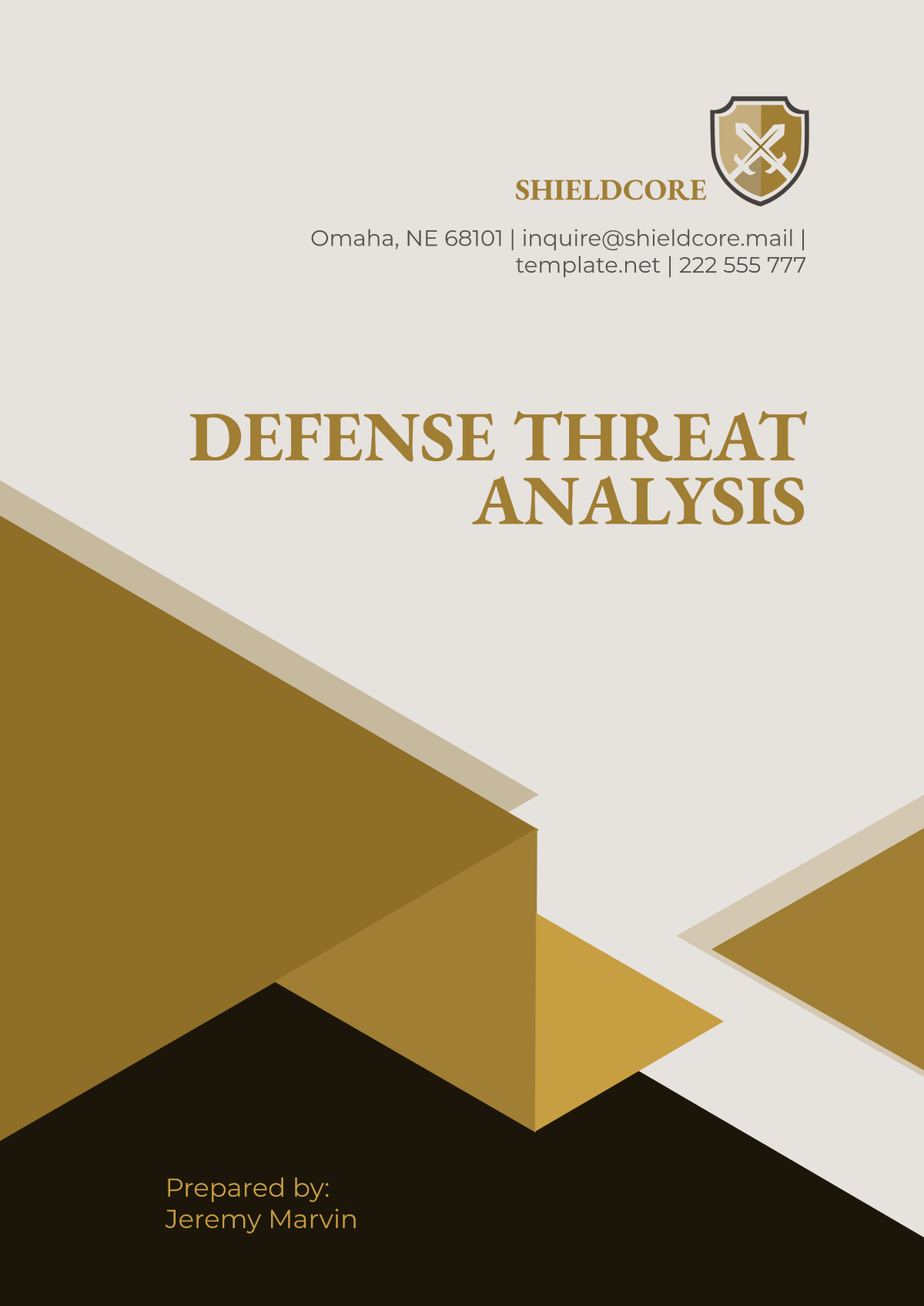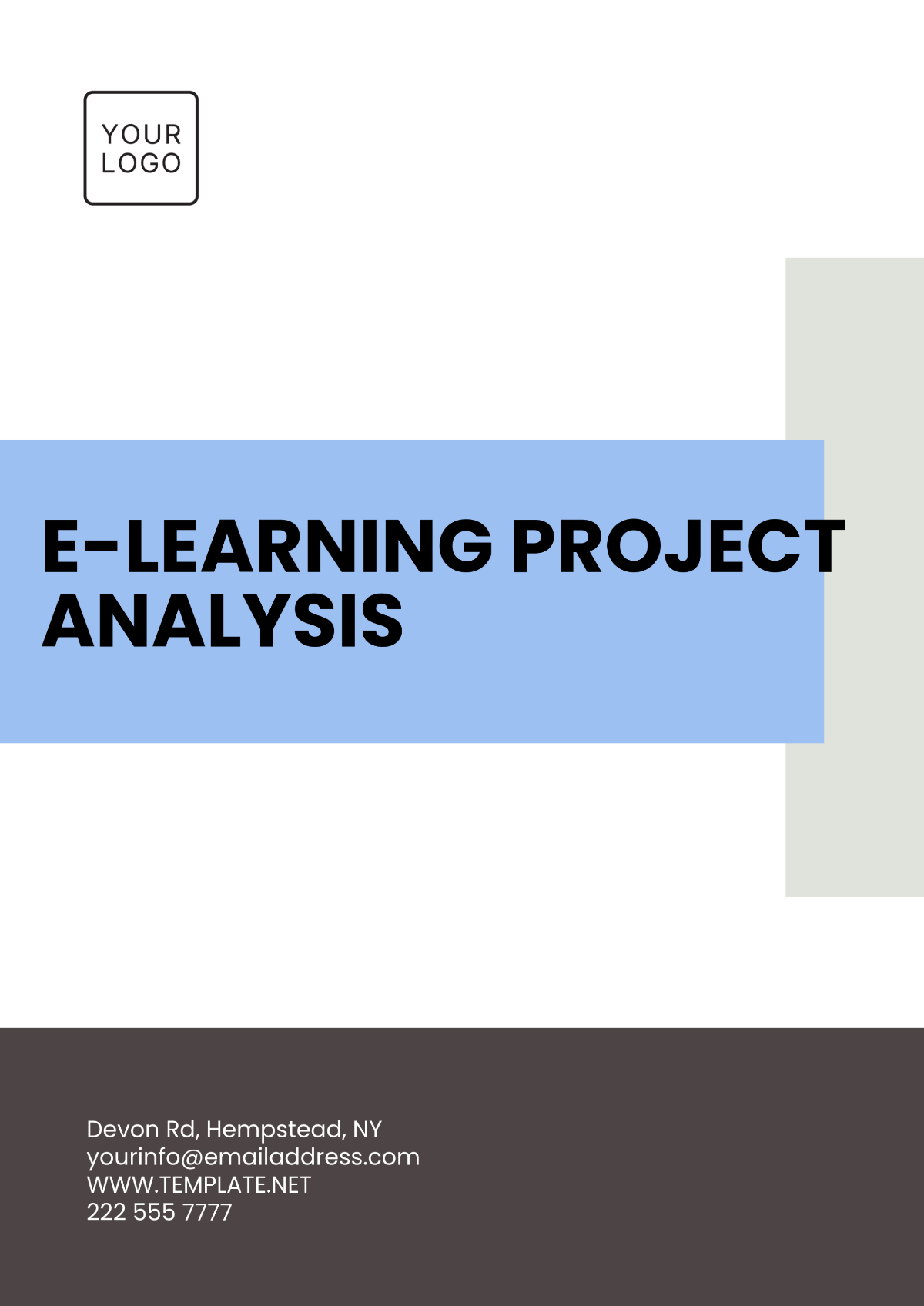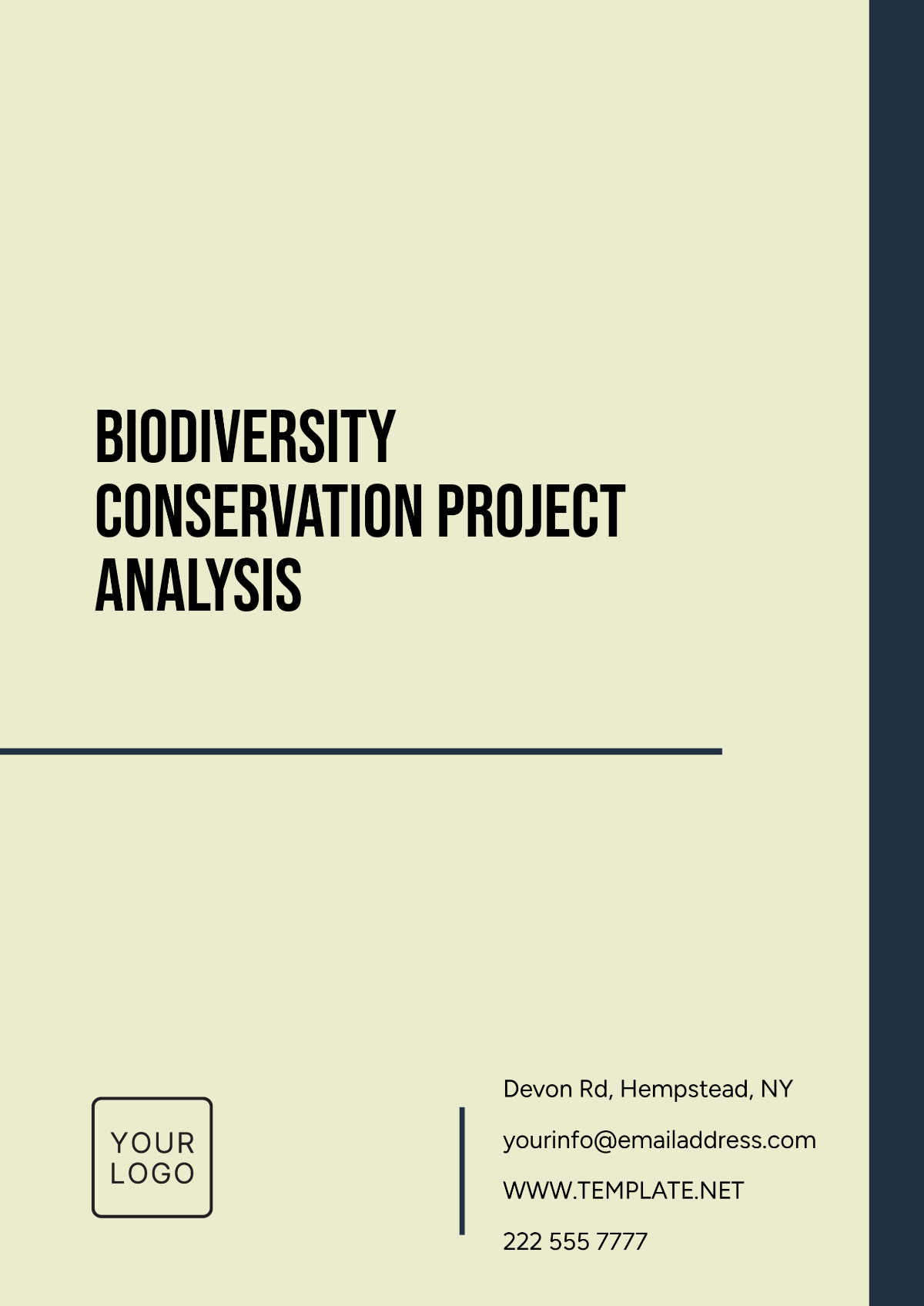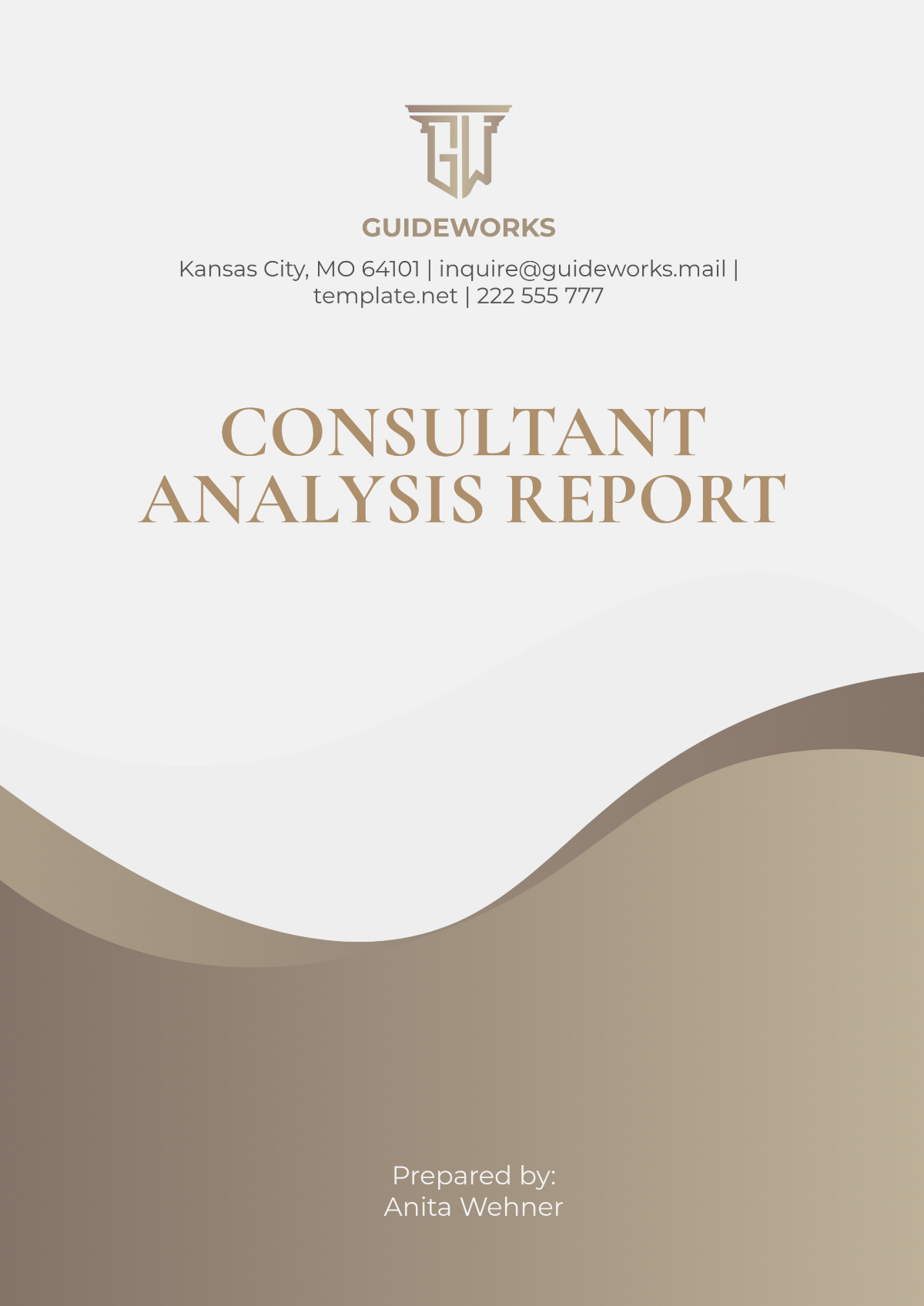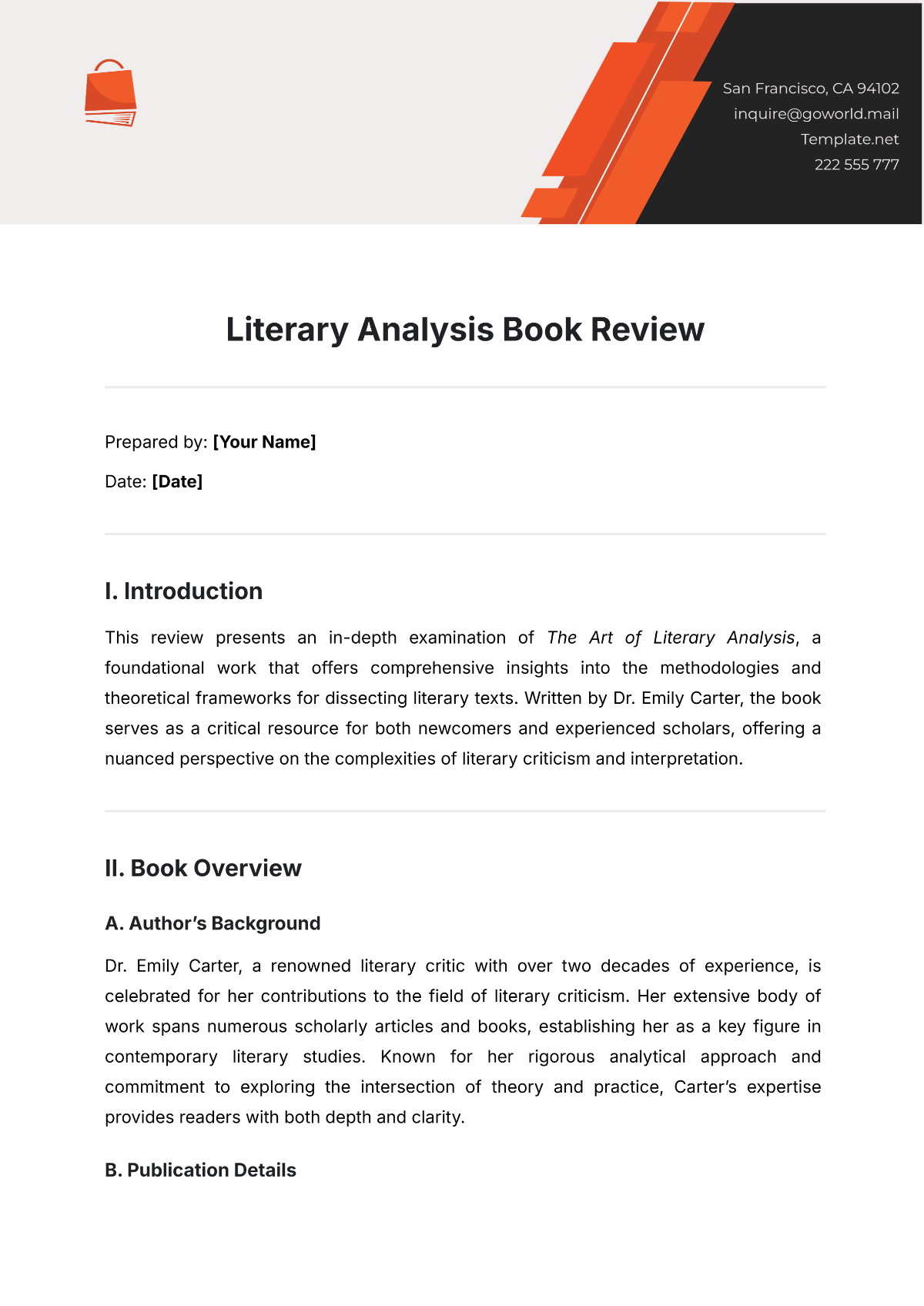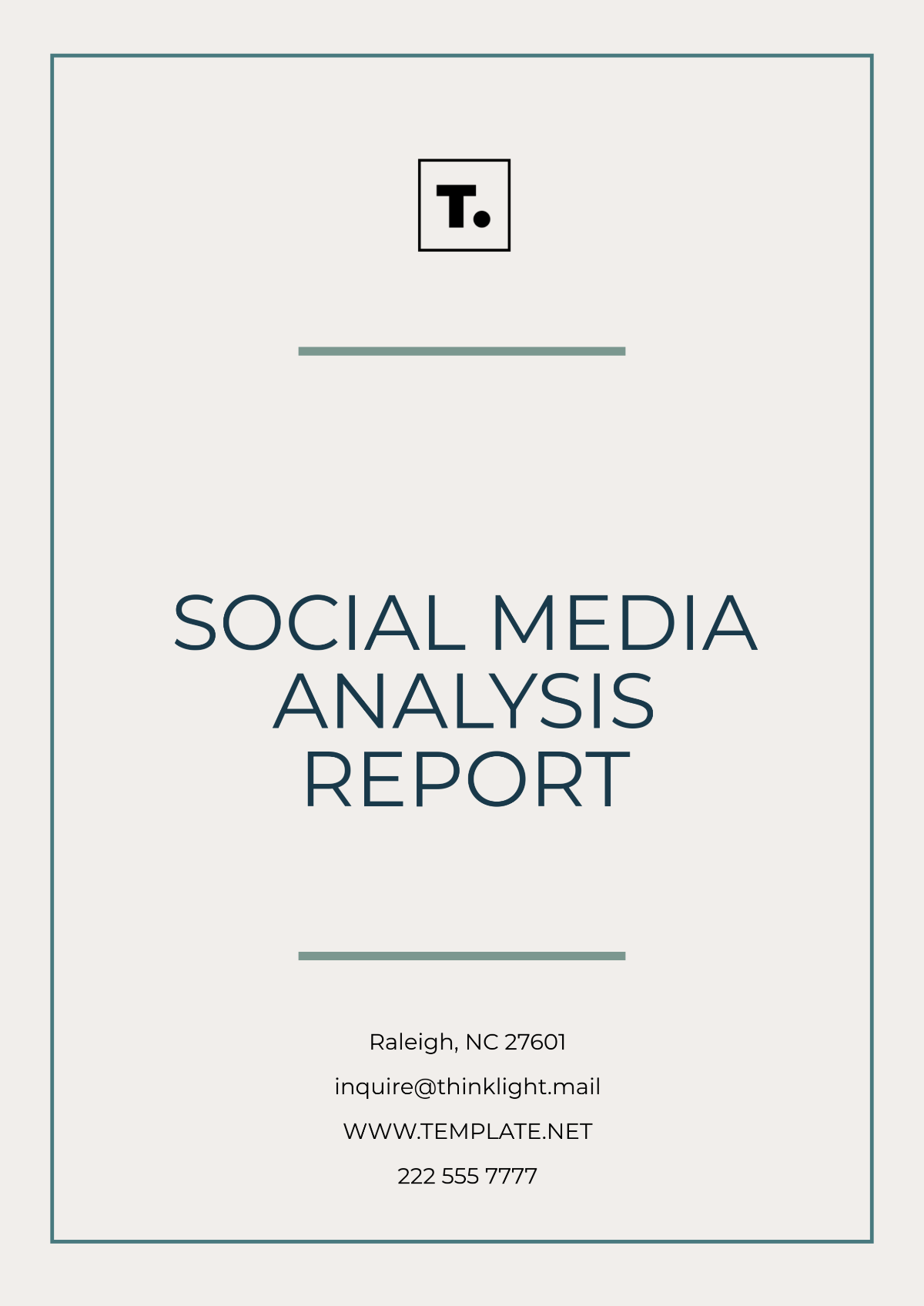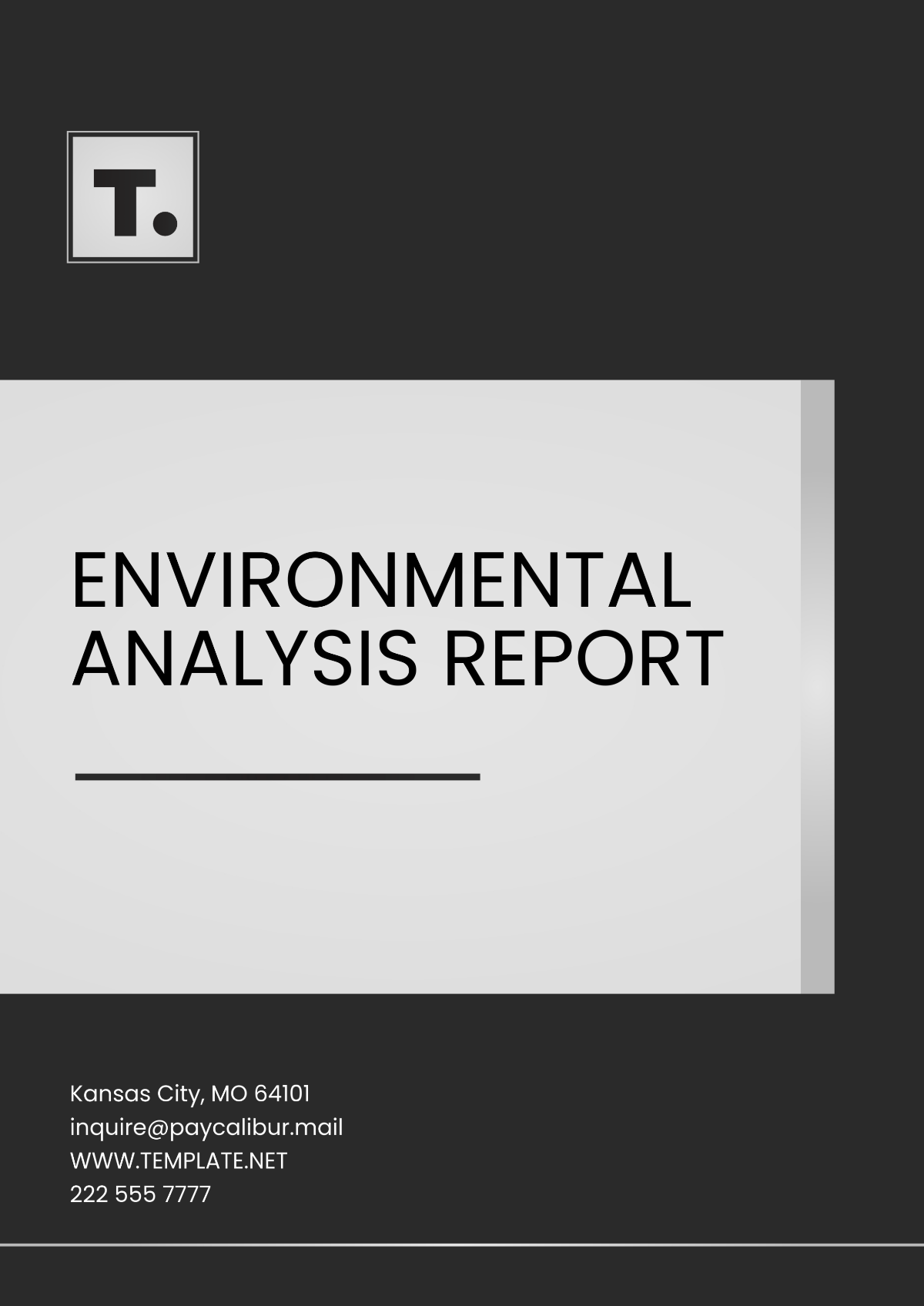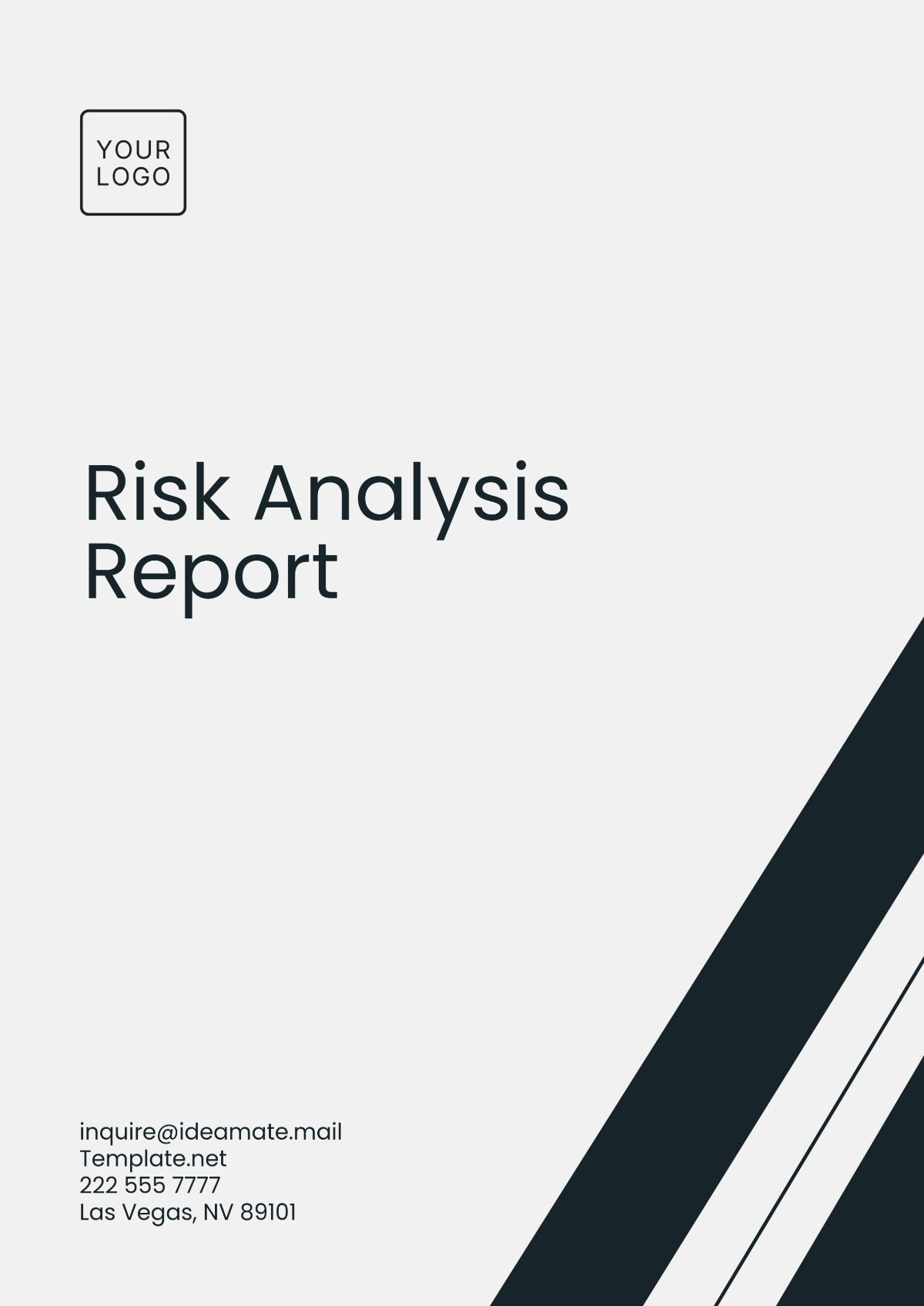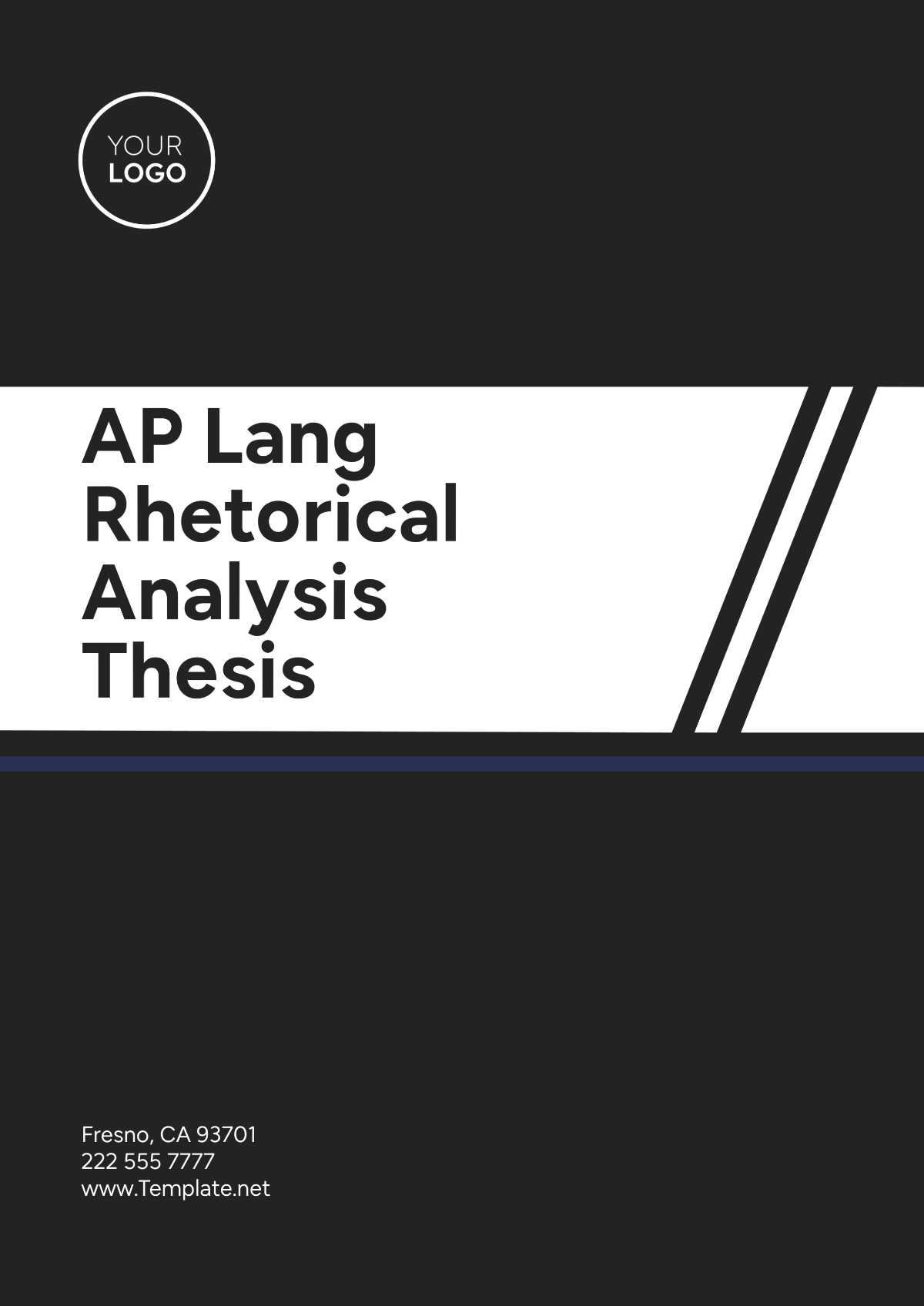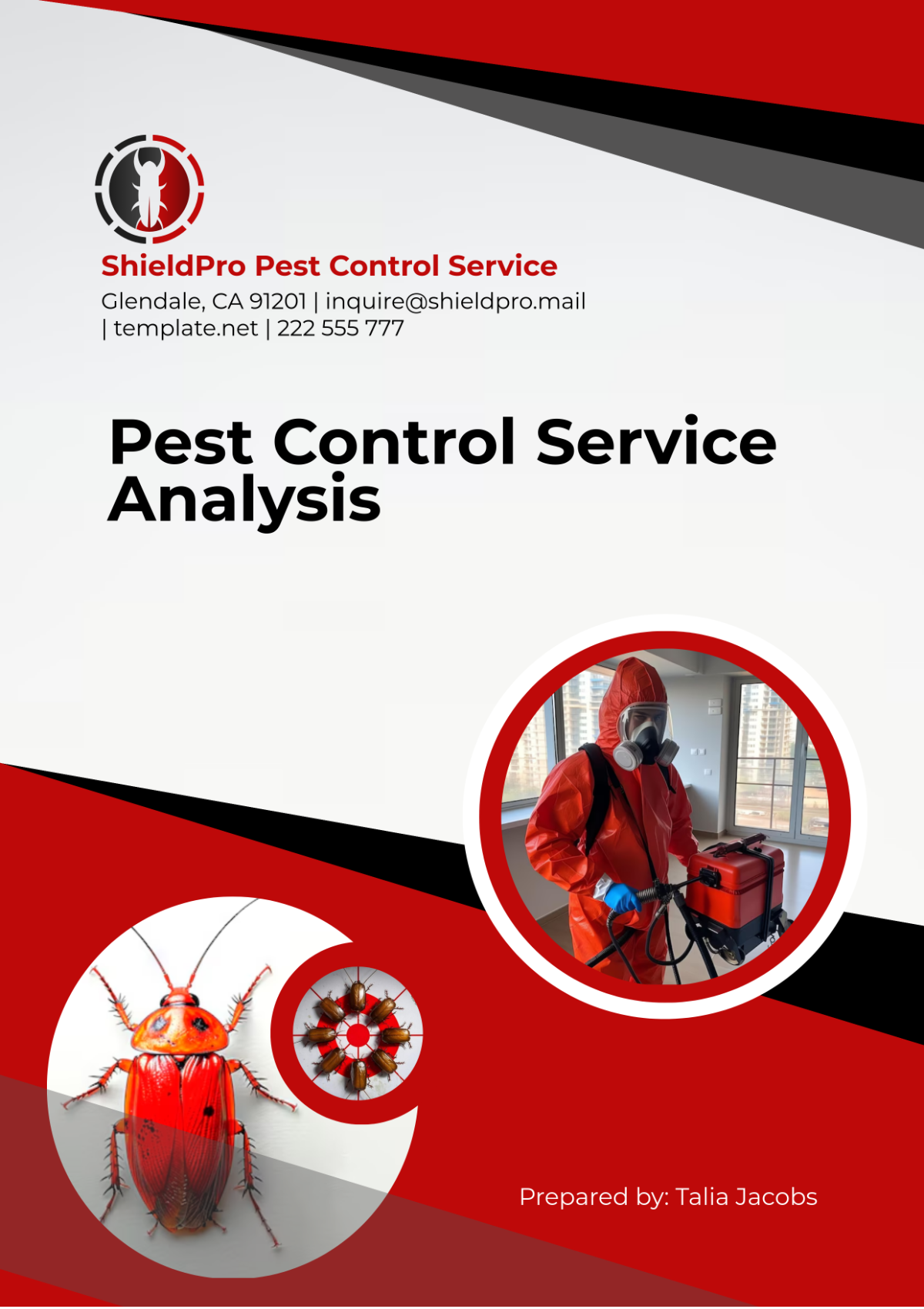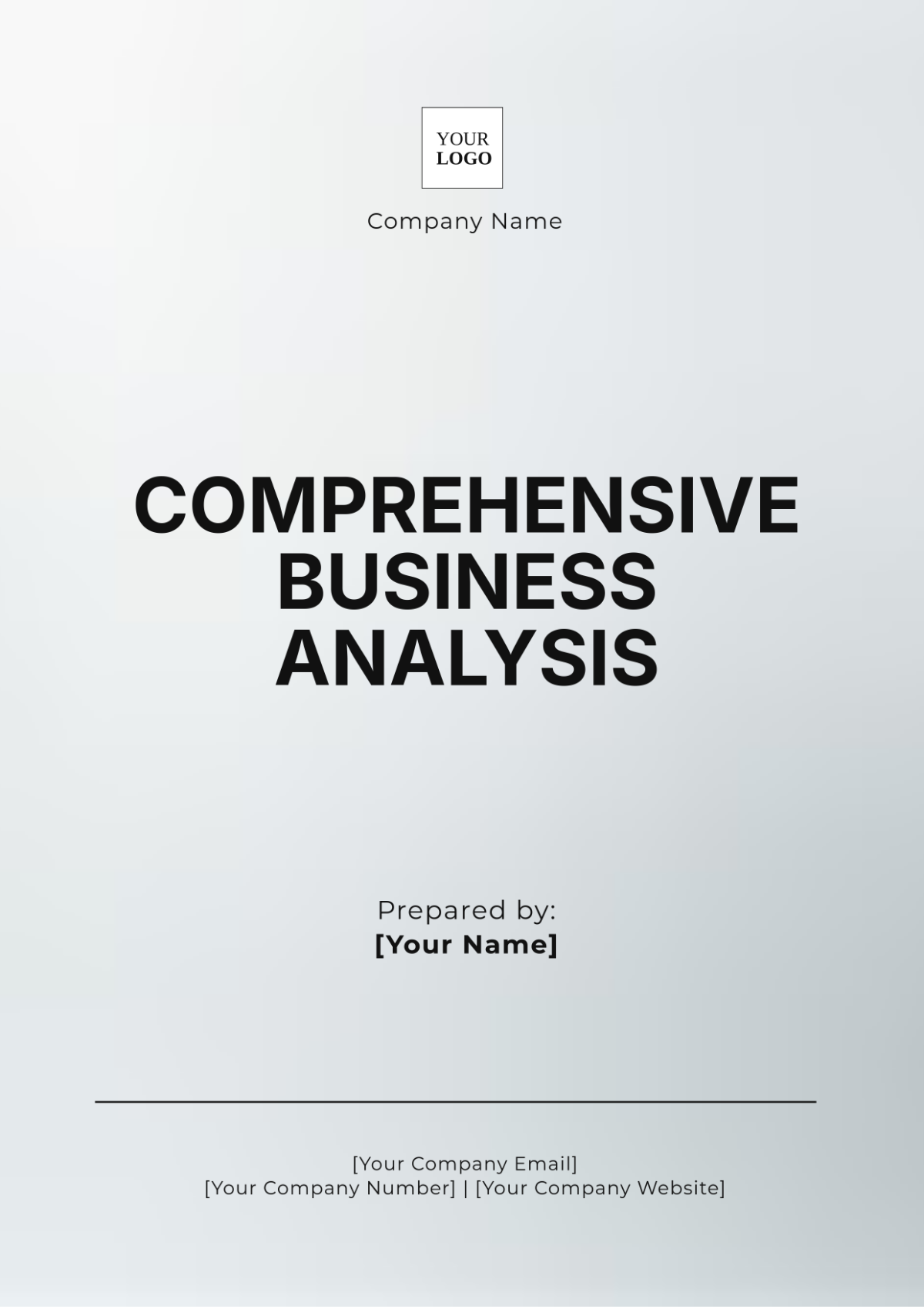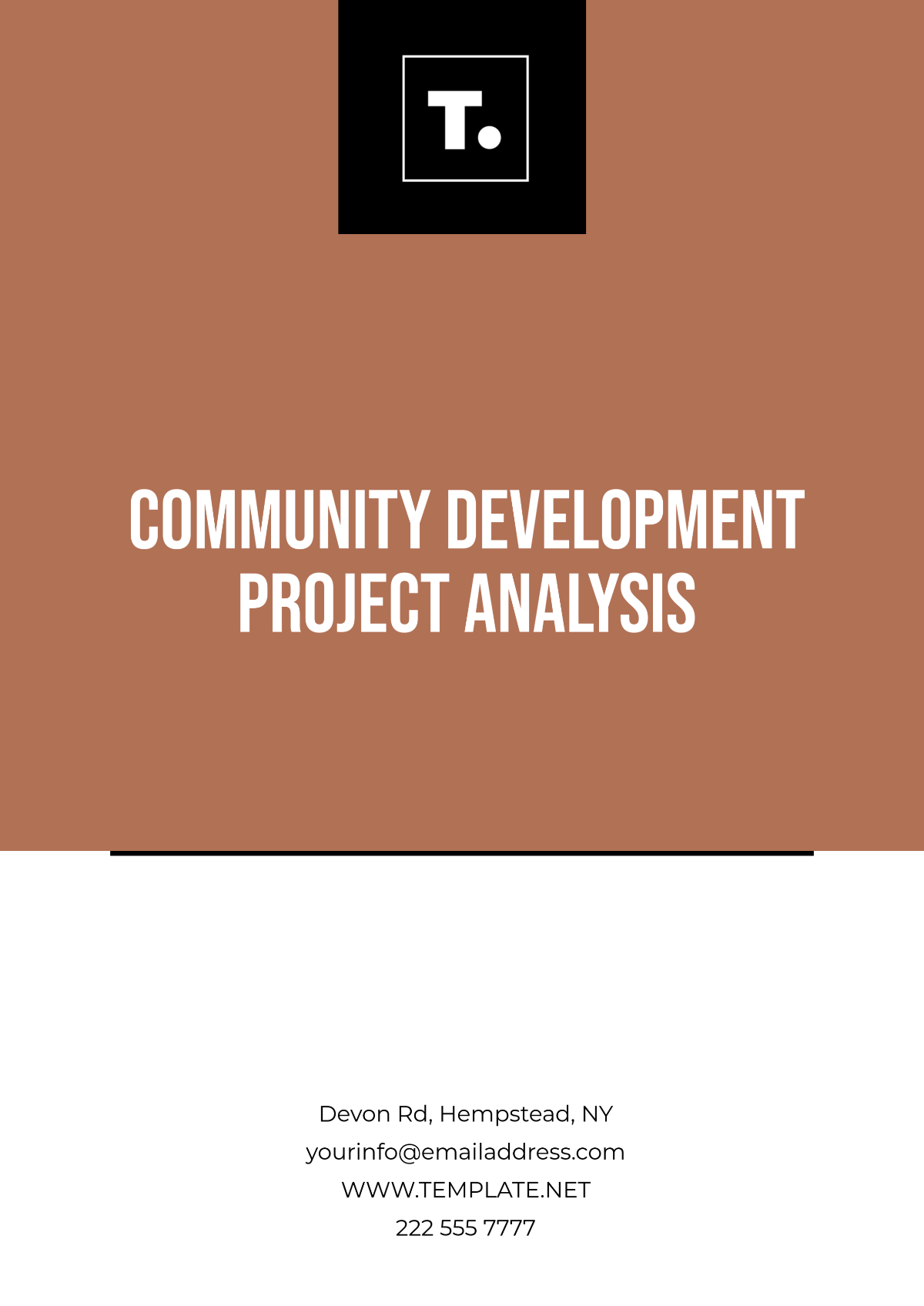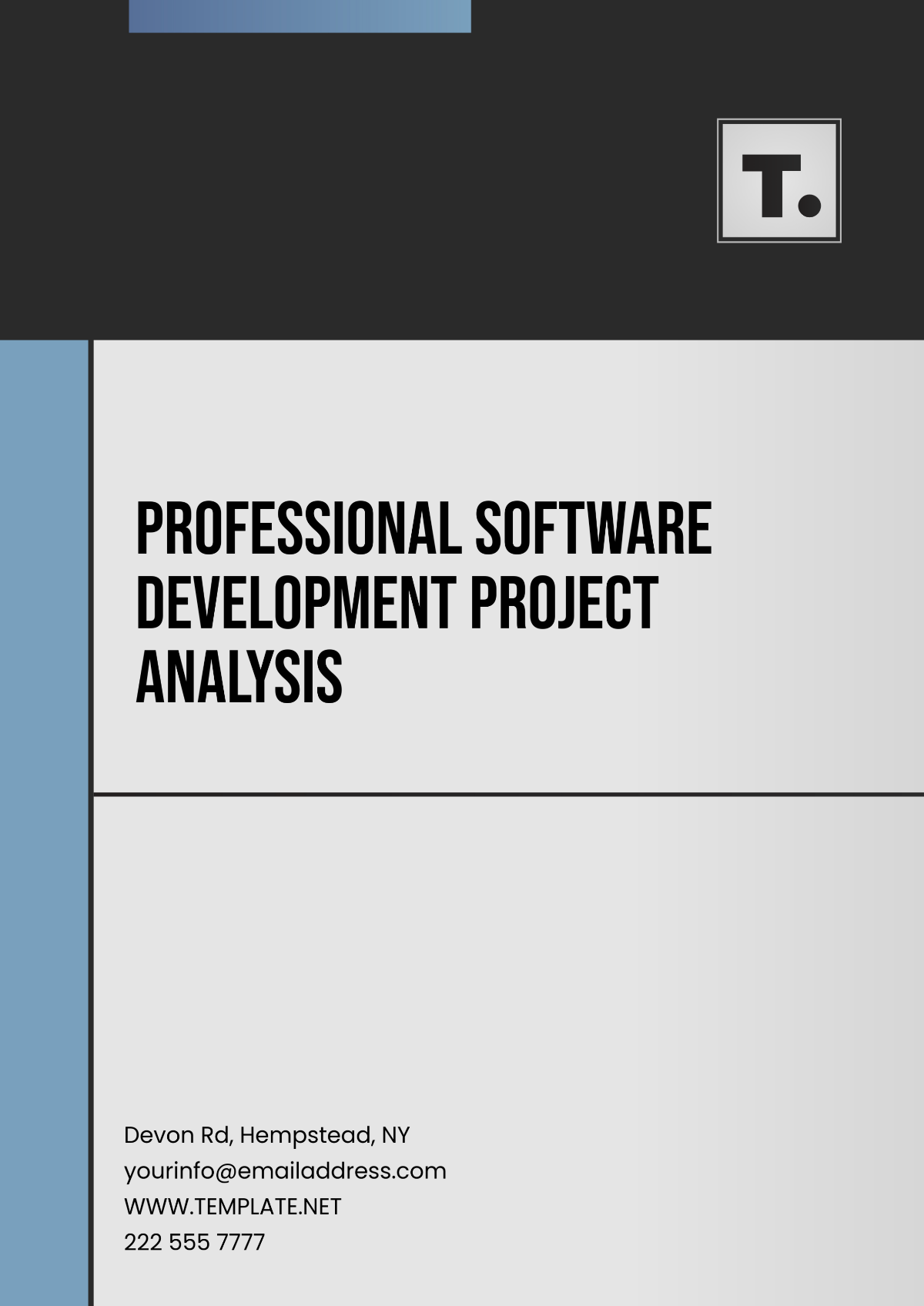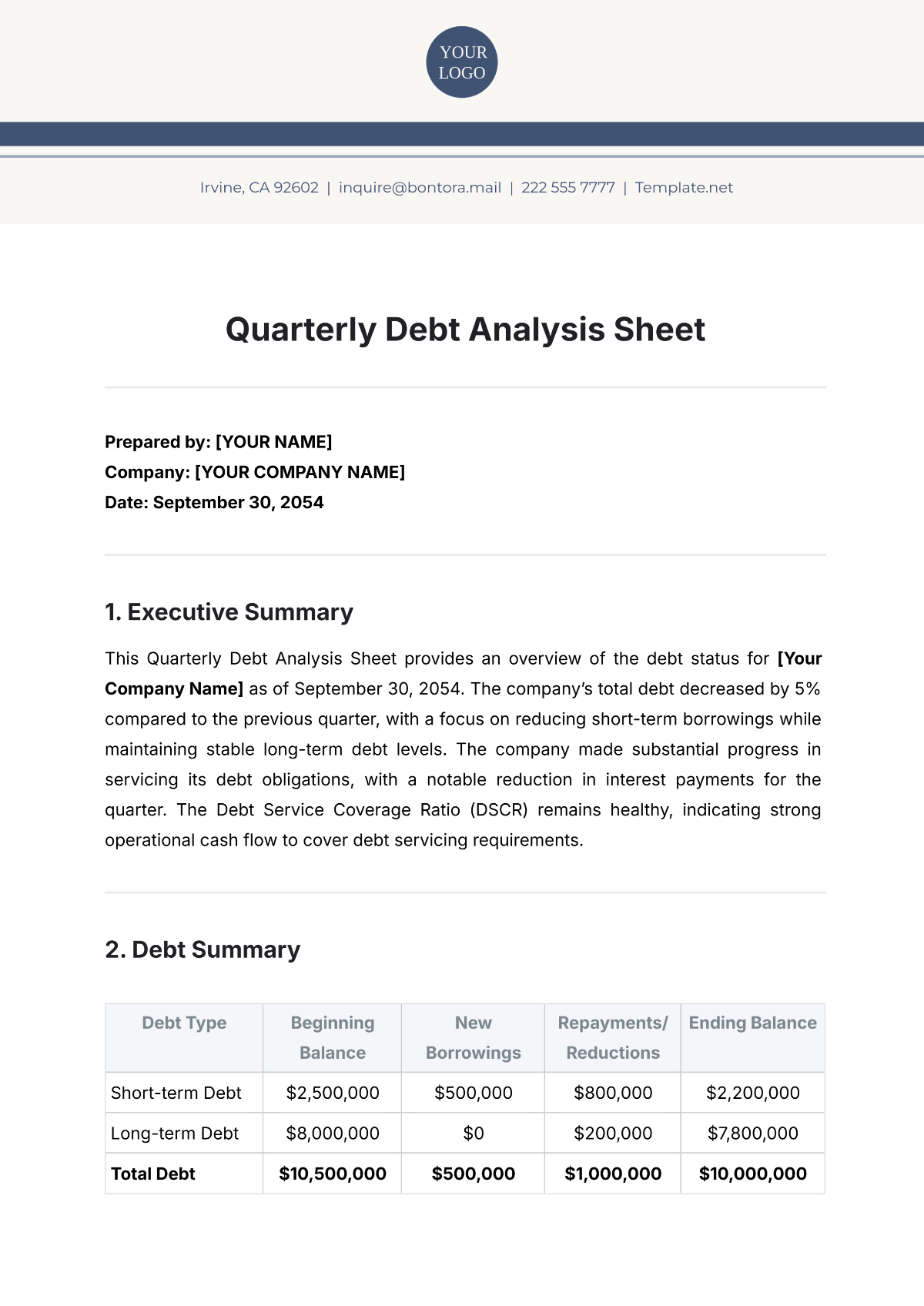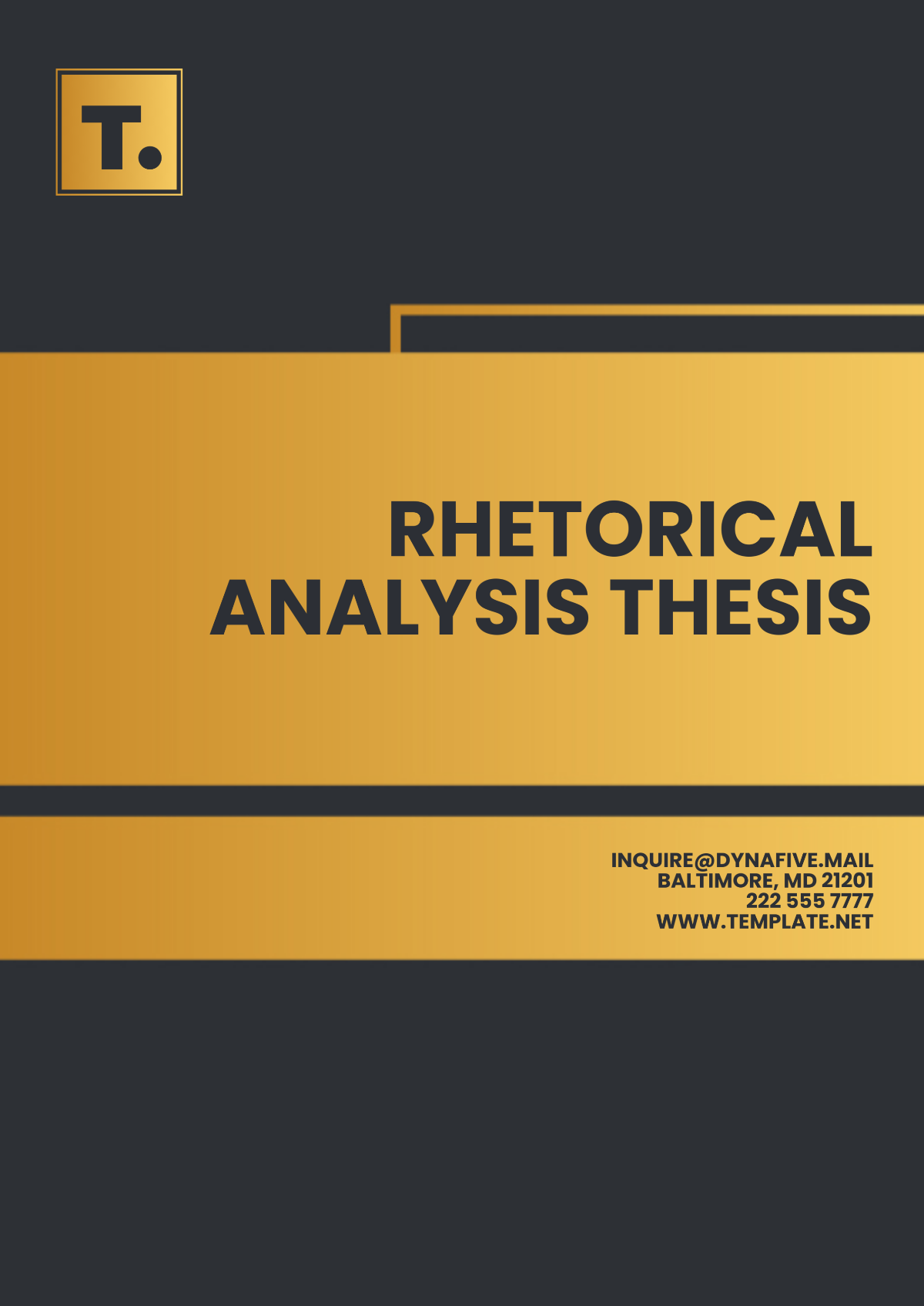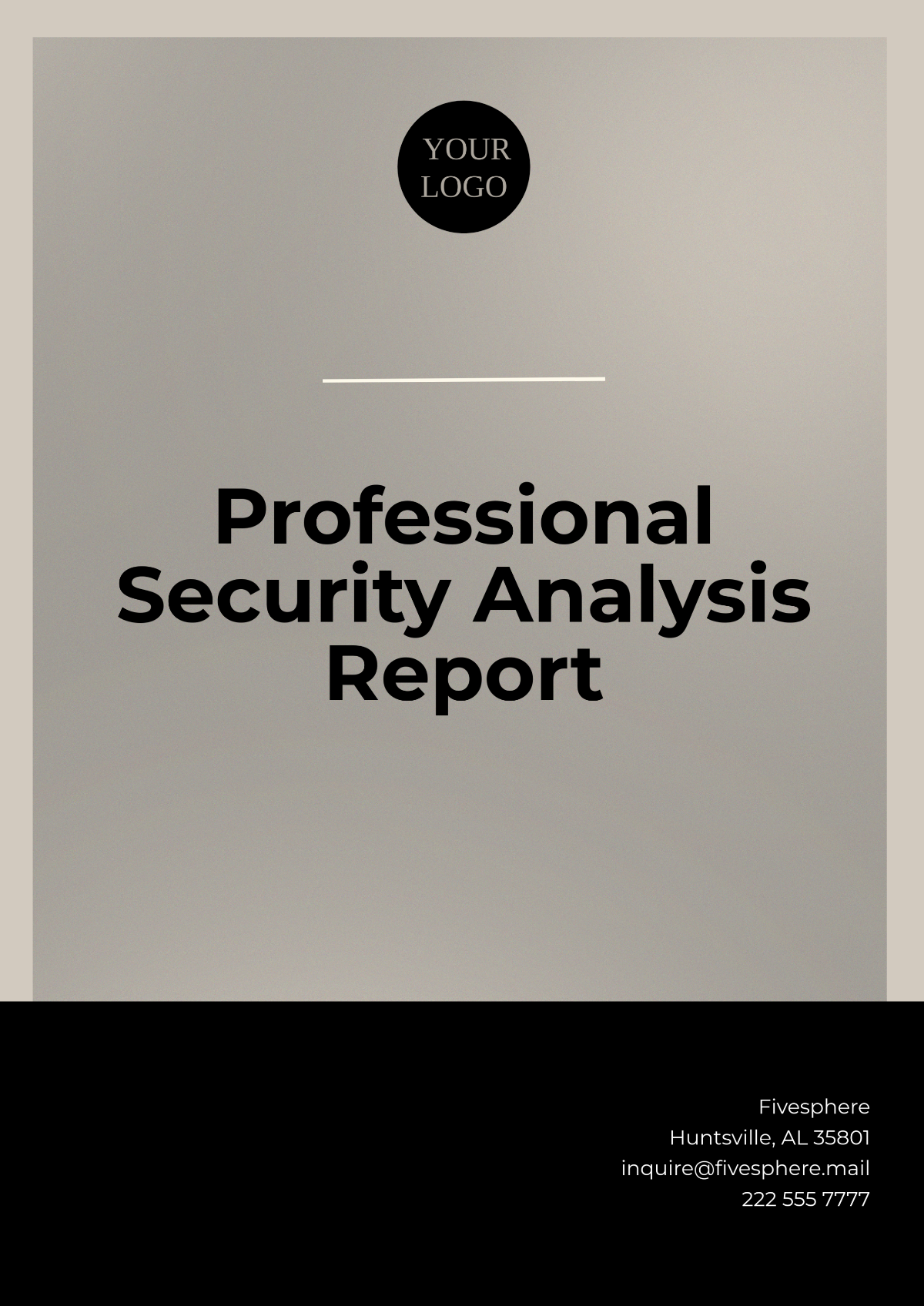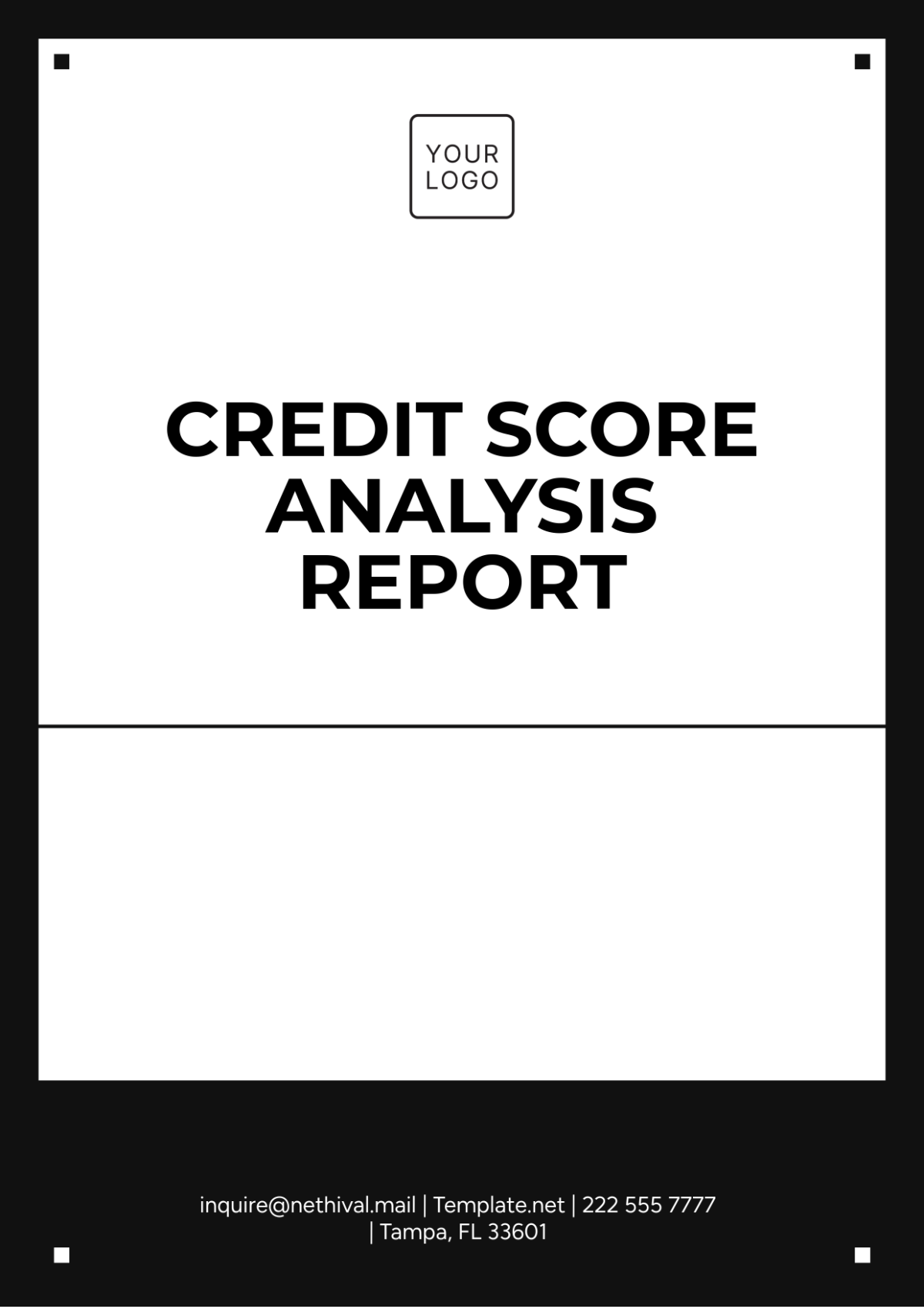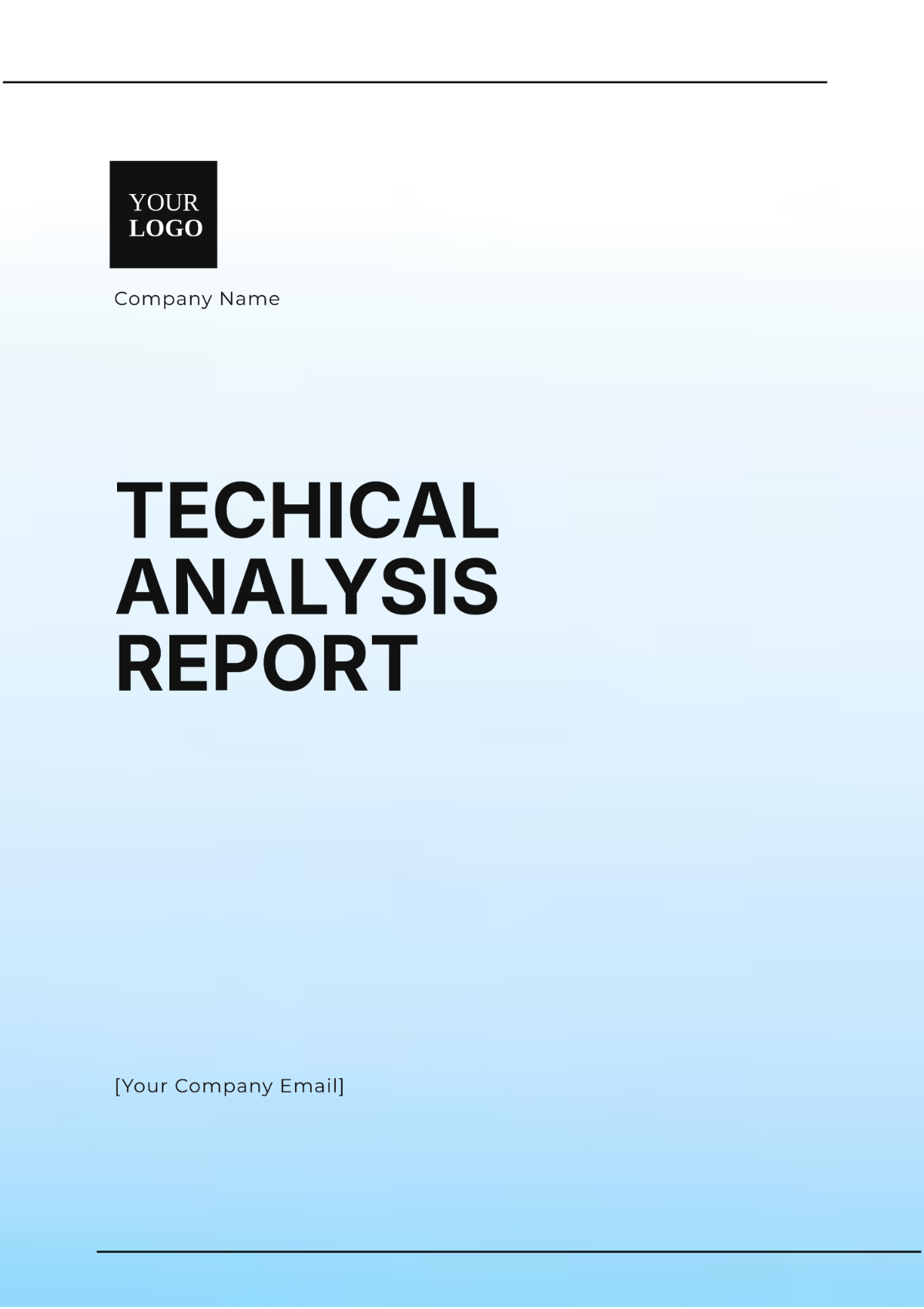School Activity Analysis
I. Introduction
A. Purpose of the Analysis
The purpose of this analysis is to evaluate the variety of school activities held throughout the academic year at [Your Company Name]. The aim is to measure their impact on students' academic performance, social skills, physical health, and cultural awareness. By understanding these effects, the school can better tailor future activities to meet students' needs and foster a more enriching educational environment.
B. Scope of the Document
This document covers all major school activities, including academic, extracurricular, cultural, and sports events. Each category will be thoroughly analyzed in terms of objectives, participation, and outcomes. The analysis will highlight both the successes and areas needing improvement, providing a well-rounded perspective on the school’s activity program.
C. Methodology Used
To conduct this analysis, a mixed-method approach was adopted. Quantitative data was collected through surveys, participation records, and performance metrics, while qualitative insights were gathered from student and teacher feedback. The combination of these methods ensures a comprehensive understanding of the activities' impact.
II. Overview of School Activities
A. Types of Activities Conducted
Throughout the academic year, [Your Company Name] organized a diverse array of activities aimed at holistic student development. These activities can be broadly classified into four categories: academic, extracurricular, cultural, and sports.
Academic Activities
These include special lectures, science fairs, math competitions, and reading clubs designed to enhance students' academic skills and knowledge.
Extracurricular Activities
Activities such as music classes, art workshops, drama clubs, and debate teams that help in nurturing students' talents and interests outside the standard curriculum.
Cultural Events
Events like multicultural fairs, language festivals, and heritage days aimed at promoting cultural awareness and inclusivity among students.
Sports Events
Regular sports meets, inter-school competitions, and physical fitness programs designed to improve students' physical health and teamwork abilities.
B. Frequency and Duration
The activities varied in frequency and duration. Academic activities typically occurred on a weekly or bi-weekly basis, while extracurricular activities were scheduled after school hours or during weekends. Cultural events were organized monthly, aligning with various cultural and national celebrations, and sports events were held quarterly, with daily practice sessions for team sports.
C. Participation Statistics
To gain a clearer picture of participation, detailed records were maintained. The table below summarizes the participation statistics for each category of activity:
Activity Type | Student Participation (%) | Teacher Involvement (%) | Parental Involvement (%) |
|---|---|---|---|
Academic Activities | 85% | 90% | 20% |
Extracurricular | 75% | 80% | 25% |
Cultural Events | 70% | 60% | 40% |
Sports Events | 65% | 50% | 30% |
III. Academic Activities Analysis
A. Description of Activities
At [Your Company Name], academic activities were designed to complement the curriculum and provide additional learning opportunities. These included:
Special Lectures: Guest speakers from various fields were invited to deliver lectures, exposing students to real-world applications of their studies.
Science Fairs: Annual events where students presented projects and experiments, fostering scientific inquiry and creativity.
Math Competitions: Internal and inter-school competitions that encouraged problem-solving and critical thinking skills.
Reading Clubs: Weekly sessions where students discussed books, enhancing their comprehension and communication skills.
B. Objectives and Goals
The primary objective of academic activities was to reinforce classroom learning and inspire intellectual curiosity. Specific goals included improving critical thinking, fostering a love for reading, and encouraging scientific exploration. By providing a platform for students to apply their knowledge, these activities aimed to deepen their understanding and stimulate a lifelong passion for learning.
C. Student Performance and Feedback
Feedback from students indicated a high level of satisfaction with academic activities. Many reported that the special lectures and science fairs were particularly impactful, providing practical insights and hands-on experiences. The math competitions were also well-received, with participants noting improvements in their problem-solving abilities. The reading clubs, though less popular, helped many students enhance their analytical and discussion skills.
D. Impact on Academic Achievement
Quantitative analysis revealed a positive correlation between participation in academic activities and overall academic performance. Students who actively participated in these activities showed higher grades, better comprehension of subjects, and more enthusiasm for learning. The science fairs and math competitions, in particular, were linked to significant improvements in science and math scores, respectively.
IV. Extracurricular Activities Analysis
A. Description of Activities
Extracurricular activities at [Your Company Name] encompassed a wide range of interests and talents. These included:
Music Classes: Lessons in various instruments and vocal training, culminating in regular performances.
Art Workshops: Sessions on painting, sculpture, and digital art, allowing students to explore different mediums.
Drama Clubs: Weekly rehearsals and annual productions that developed acting, directing, and stage management skills.
Debate Teams: Regular practice debates and competitions that honed public speaking and argumentation skills.
B. Objectives and Goals
The extracurricular program aimed to provide students with opportunities to pursue their passions and develop new skills outside the academic realm. Goals included enhancing creativity, boosting confidence, and fostering teamwork. These activities also aimed to provide a balanced education by nurturing the emotional and social aspects of student development.
C. Student Engagement and Feedback
Student engagement in extracurricular activities was high, with many expressing enthusiasm for the diverse options available. Music classes and drama clubs were particularly popular, with students appreciating the chance to perform and express themselves creatively. Feedback highlighted the positive impact of these activities on students' self-esteem and social interactions.
D. Development of Skills and Interests
Participation in extracurricular activities significantly contributed to the development of various skills. Students involved in music classes improved their musical abilities and performance skills, while art workshops enhanced their creative expression. Drama clubs helped students develop communication, collaboration, and leadership skills, and debate teams improved their critical thinking and public speaking abilities. These skills were not only valuable for personal growth but also contributed to academic success and future career opportunities.
V. Cultural Events Analysis
A. Description of Events
Cultural events at [Your Company Name] were designed to celebrate diversity and promote cultural awareness. These events included:
Multicultural Fairs: Annual events showcasing food, music, and traditions from different cultures represented in the school community.
Language Festivals: Celebrations of different languages through performances, poetry readings, and interactive activities.
Heritage Days: Days dedicated to exploring and honoring the cultural backgrounds of students and staff, including traditional dress and storytelling.
B. Objectives and Goals
The primary objective of cultural events was to foster an inclusive and respectful school environment. Specific goals included promoting cultural understanding, celebrating diversity, and encouraging students to appreciate and learn from different cultural perspectives. These events aimed to build a sense of community and belonging among students from various backgrounds.
C. Participation and Feedback
Participation in cultural events was enthusiastic, with a high level of involvement from students, teachers, and parents. Feedback from participants indicated that these events were highly valued for their educational and social benefits. Many students expressed that cultural events helped them feel more connected to their peers and more proud of their cultural heritage.
D. Impact on Cultural Awareness and Inclusion
Cultural events significantly contributed to enhancing cultural awareness and inclusion within the school community. Students reported increased understanding and appreciation of different cultures, leading to a more inclusive and harmonious school environment. The multicultural fairs and language festivals, in particular, were effective in breaking down cultural barriers and promoting mutual respect. These events also provided opportunities for students to showcase their cultural heritage, fostering pride and self-confidence.
VI. Sports Events Analysis
A. Description of Events
Sports events at [Your Company Name] were designed to promote physical health, teamwork, and sportsmanship among students. The events included:
Annual Sports Day: A day dedicated to various athletic competitions, including track and field events, team sports, and individual challenges.
Inter-School Competitions: Regular matches and tournaments held with other schools, covering sports such as soccer, basketball, volleyball, and tennis.
Fitness Programs: Weekly fitness sessions focusing on different aspects of physical health, including aerobics, yoga, and strength training.
Intramural Sports: Internal competitions within the school that allowed students of all skill levels to participate in sports activities.
B. Objectives and Goals
The primary objectives of sports events were to encourage physical activity, promote teamwork, and instill values of discipline and perseverance. Specific goals included improving students' physical fitness, developing their athletic skills, and fostering a competitive yet cooperative spirit. These events aimed to provide a balanced educational experience by emphasizing the importance of physical health alongside academic and extracurricular activities.
C. Participation and Feedback
Participation in sports events was robust, with a significant number of students taking part in various activities. The table below summarizes the participation rates:
Event Type | Student Participation (%) | Teacher Involvement (%) | Parental Involvement (%) |
|---|---|---|---|
Annual Sports Day | 90% | 70% | 50% |
Inter-School Competitions | 60% | 40% | 30% |
Fitness Programs | 75% | 60% | 20% |
Intramural Sports | 80% | 50% | 25% |
Feedback from students and parents indicated high satisfaction with the sports events. Many students appreciated the opportunity to engage in physical activities and develop their athletic skills. Parents valued the emphasis on physical health and teamwork, recognizing the positive impact on their children’s overall well-being.
D. Impact on Physical Health and Teamwork
Quantitative analysis showed a positive impact of sports events on students' physical health. Regular participation in fitness programs and sports competitions was linked to improvements in students' physical fitness levels, including increased stamina, strength, and agility. Additionally, these events played a crucial role in developing teamwork skills. Students learned to work collaboratively, communicate effectively, and support each other, which translated into better social interactions and cooperative learning in the classroom.
VII. Evaluation of Overall Impact
A. Academic Performance
The comprehensive analysis revealed a significant positive impact of school activities on academic performance. Students who actively participated in academic and extracurricular activities showed higher grades, better comprehension of subjects, and increased enthusiasm for learning. The correlation between participation in science fairs and math competitions and improved academic performance was particularly notable.
B. Social Skills Development
School activities greatly contributed to the development of students' social skills. Participation in extracurricular activities, such as drama clubs and debate teams, helped students improve their communication, collaboration, and leadership abilities. Cultural events and sports competitions provided additional opportunities for students to interact with peers from diverse backgrounds, fostering a sense of community and inclusivity.
C. Physical Health and Well-being
The sports events and fitness programs had a substantial impact on students' physical health and well-being. Regular physical activity improved students' fitness levels, reduced stress, and promoted a healthy lifestyle. The emphasis on teamwork and sportsmanship also contributed to students' mental well-being, helping them build resilience and a positive attitude toward challenges.
D. Cultural Awareness
Cultural events played a crucial role in enhancing students' cultural awareness and inclusivity. By celebrating diversity and promoting understanding of different cultural perspectives, these events fostered a respectful and inclusive school environment. Students reported increased appreciation of cultural differences and a stronger sense of belonging and pride in their cultural heritage.
VIII. Strengths and Weaknesses
A. Strengths of the Activities
The analysis identified several strengths in the school’s activity program. One of the key strengths was the diversity of activities offered, catering to a wide range of interests and talents. The structured and well-organized nature of these activities ensured high levels of participation and engagement. Additionally, the activities were effective in achieving their objectives, whether it was enhancing academic skills, promoting physical health, or fostering cultural awareness.
B. Identified Weaknesses
Despite the overall success, a few weaknesses were identified. One of the primary concerns was the uneven distribution of resources among different activities. Some extracurricular activities, such as the arts and music programs, received less funding and support compared to sports events. Additionally, there were occasional scheduling conflicts between academic and extracurricular activities, causing stress for students who wished to participate in multiple activities. The feedback also highlighted a need for more inclusive and accessible activities, particularly for students with disabilities.
C. Areas for Improvement
To address the identified weaknesses, several areas for improvement were suggested. Increasing funding and support for underrepresented activities, such as arts and music, would ensure a more balanced activity program. Implementing better coordination and scheduling could alleviate conflicts and reduce stress for students. Enhancing the inclusivity and accessibility of activities would ensure that all students have the opportunity to participate and benefit from the school’s activity program.
IX. Recommendations
A. Enhancements for Academic Activities
To further improve academic activities, it is recommended to increase the integration of technology and hands-on learning experiences. Virtual labs, interactive simulations, and collaborative online projects can enhance student engagement and deepen their understanding of complex concepts. Additionally, providing professional development opportunities for teachers to incorporate innovative teaching methods can enhance the overall effectiveness of academic activities.
B. Improvements for Extracurricular Activities
Expanding the range of extracurricular activities to include more diverse options, such as coding clubs, robotics teams, and environmental groups, can cater to students’ evolving interests and career aspirations. Increasing support for existing programs, such as art and music, through additional funding and resources can enhance their quality and accessibility. Furthermore, implementing mentorship programs where older students guide younger ones can foster leadership skills and a sense of community.
C. Suggestions for Cultural Events
To enhance the impact of cultural events, it is recommended to involve the wider community, including local cultural organizations and community leaders. Organizing cultural exchange programs with other schools can provide students with a broader perspective and deeper understanding of different cultures. Additionally, incorporating more interactive and participatory elements, such as cultural workshops and hands-on activities, can increase student engagement and learning.
D. Proposals for Sports Events
Improving sports events can be achieved by offering a wider variety of sports and physical activities, catering to different interests and fitness levels. Introducing adaptive sports programs can ensure inclusivity for students with disabilities. Providing additional training and support for coaches and physical education teachers can enhance the quality of instruction and overall experience for students. Lastly, organizing regular health and wellness workshops can complement the sports program and promote a holistic approach to physical health.
X. Conclusion
A. Summary of Findings
The analysis of school activities at [Your Company Name] revealed a positive overall impact on students’ academic performance, social skills, physical health, and cultural awareness. The diverse range of activities, high levels of participation, and structured organization were key strengths. However, areas for improvement were identified, including resource distribution, scheduling conflicts, and inclusivity.
B. Future Directions and Goals
To build on the successes and address the identified weaknesses, several recommendations have been proposed. Enhancing academic activities through technology integration, expanding extracurricular options, involving the community in cultural events, and diversifying sports programs are key goals for the future. By implementing these improvements, [Your Company Name] aims to provide a more enriching and inclusive educational experience for all students.
C. Final Remarks
The comprehensive analysis of school activities highlights the crucial role these activities play in students' overall development. By continuously evaluating and improving the activity program, [Your Company Name] can ensure that it meets the evolving needs and interests of students, fostering a supportive and dynamic learning environment.
